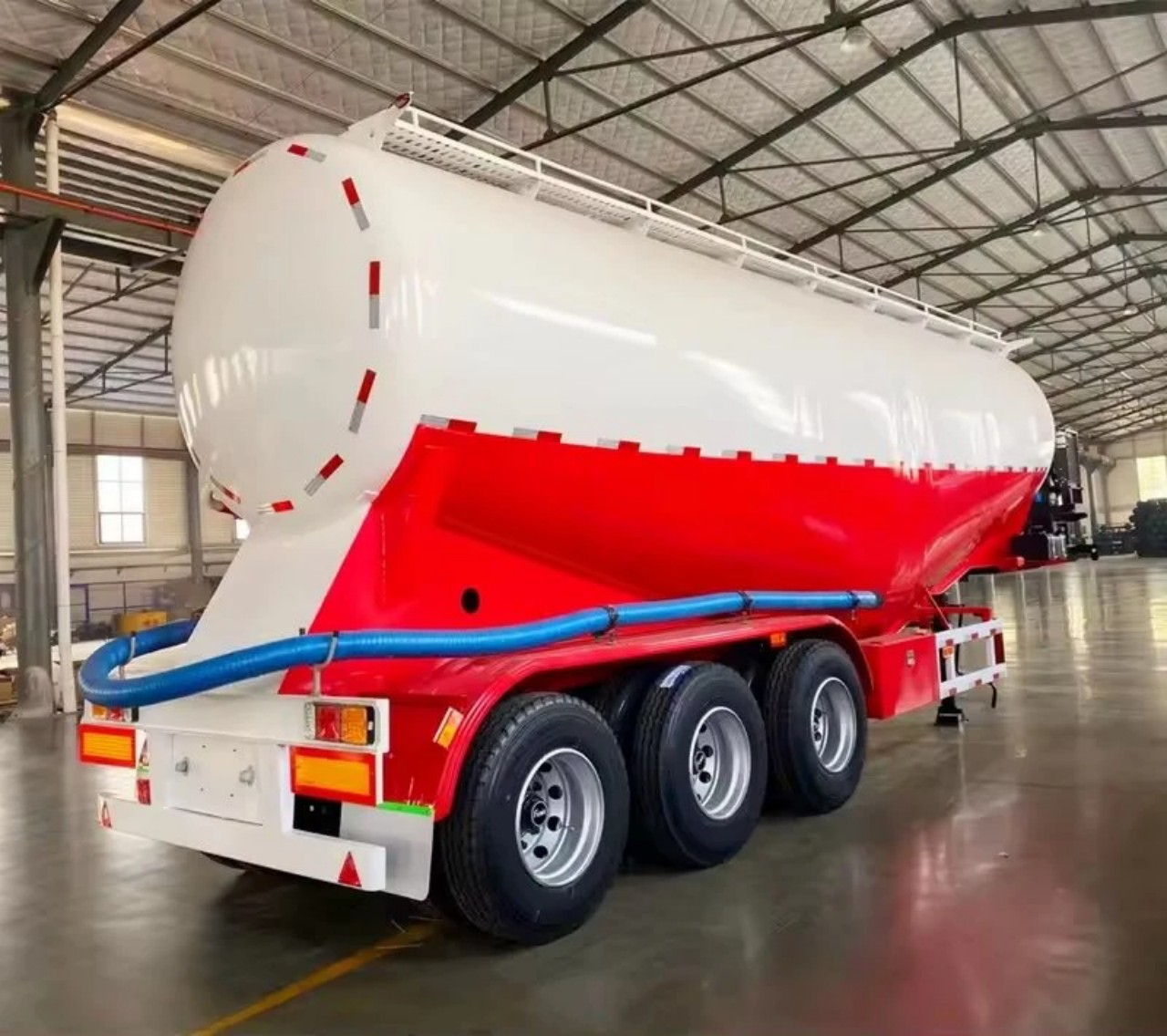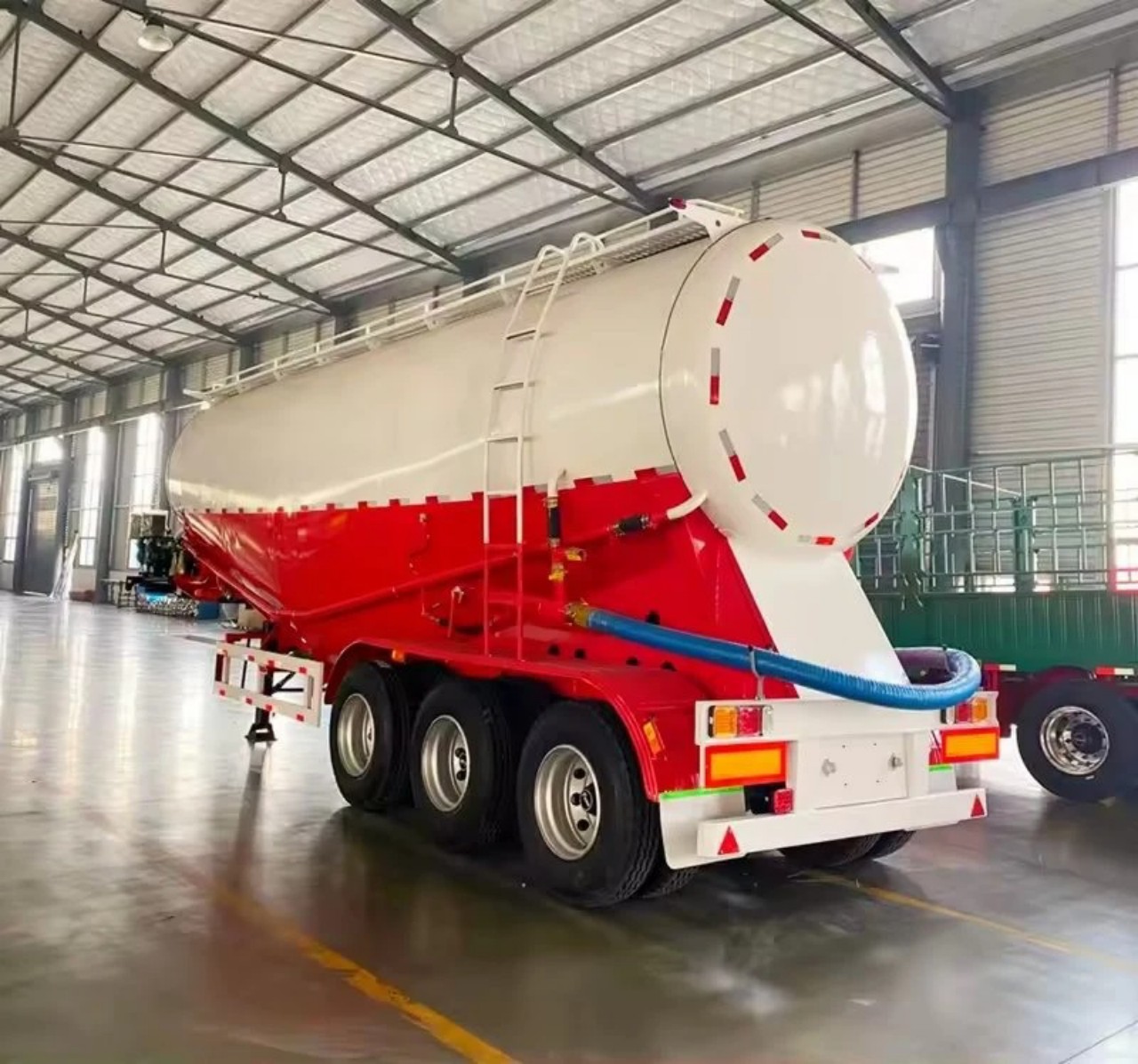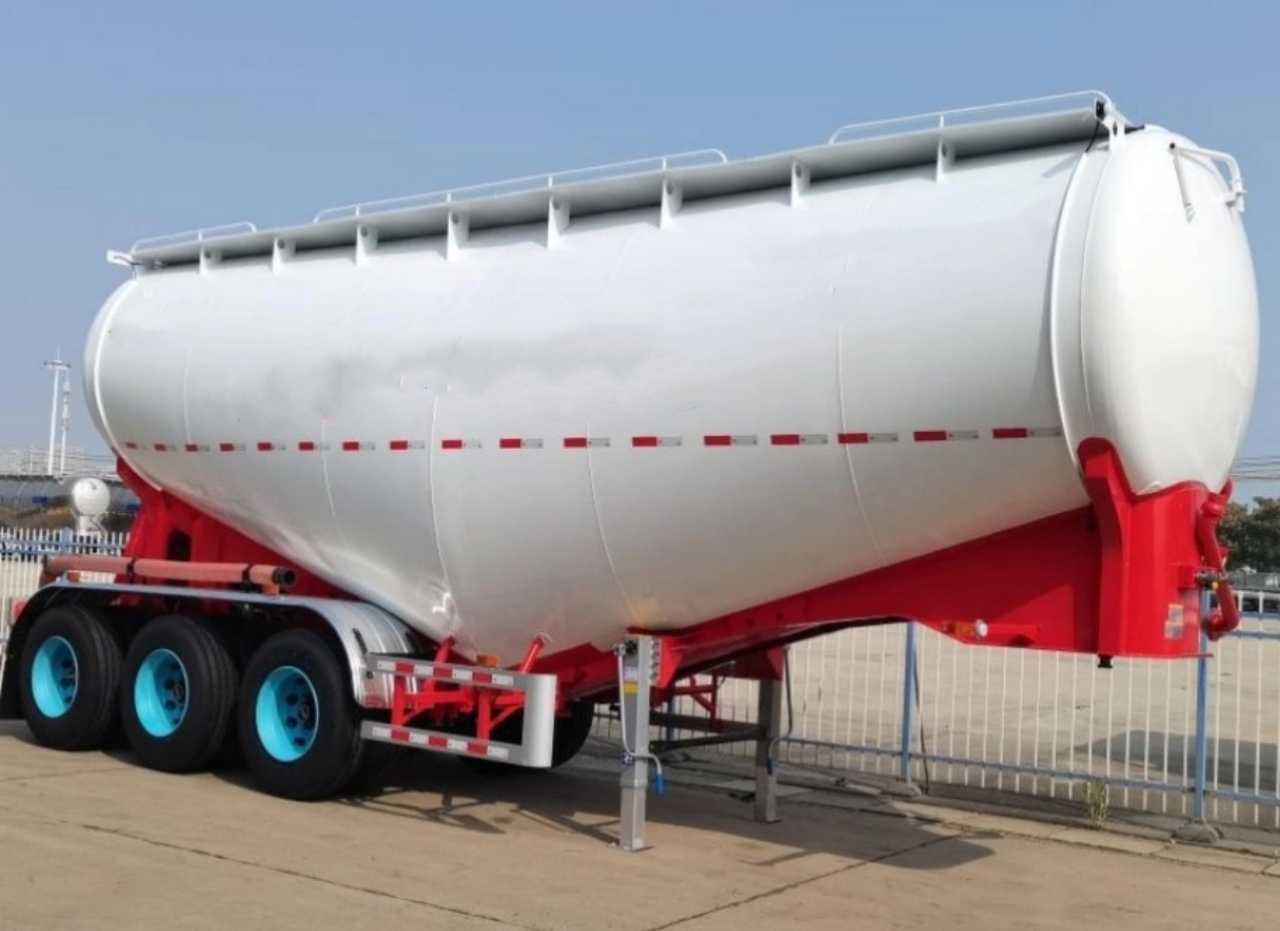Pneumatic trailers are an essential component of the bulk transportation industry, especially when it comes to hauling dry bulk materials such as cement, sand, flour, plastic pellets, and other powdered or granular commodities. Known for their efficiency, cleanliness, and ability to unload without external equipment, pneumatic trailers are highly valued in industries such as construction, agriculture, food processing, and chemical manufacturing. One of the most critical aspects of a pneumatic trailer is its capacity — a factor that directly impacts operational efficiency and logistical planning. But what exactly is the capacity of a pneumatic trailer, and what factors influence it?
Understanding Pneumatic Trailers
Before delving into their capacity, it’s important to understand what a pneumatic trailer is and how it works. A pneumatic trailer, also known as a dry bulk trailer or bulk tank trailer, is a type of tanker designed to transport dry, flowable materials in bulk. These trailers are typically made from aluminum or stainless steel and have one or more compartments or hoppers.
The defining characteristic of pneumatic trailers is that they use compressed air to unload cargo. A compressor (either truck-mounted or external) pressurizes the tank, allowing the material to be blown out through piping to the destination container — such as a silo or hopper. This method eliminates the need for mechanical unloading systems and minimizes contamination risks.

Typical Capacity of Pneumatic Trailers
Volume Capacity
The volume capacity of a pneumatic trailer is usually measured in cubic feet or cubic meters. Standard pneumatic trailers generally have capacities that range between:
- 800 to 1,650 cubic feet (approximately 22.6 to 46.7 cubic meters)
Common volume capacities include:
- 1,000 cu. ft. — a common mid-size configuration
- 1,200 cu. ft. — typical for cement and fly ash transport
- 1,400–1,650 cu. ft. — high-capacity models for lighter bulk materials like flour or plastic pellets
The choice of volume depends on the type of material being transported, its density, and specific industry requirements.
Weight Capacity (Payload)
The weight capacity or payload of a pneumatic trailer is equally important. In the United States, gross vehicle weight (GVW) limitations typically restrict a pneumatic trailer’s payload to:
- 25 to 27 tons (50,000 to 54,000 lbs or approx. 22,700 to 24,500 kg)
This figure varies depending on the trailer’s tare weight (the empty weight of the trailer), local highway regulations, and the tractor configuration (e.g., tri-axle vs. tandem axle).
For instance:
- A 1,000 cu. ft. trailer transporting cement (with a bulk density of ~94 lbs/cu. ft..) would carry roughly 47,000 lbs of cement — near maximum allowable payload.
- A 1,600 cu. ft. trailer transporting plastic pellets (bulk density ~35 lbs/cu. ft.) would carry about 56,000 lbs, which may require weight distribution across multiple axles or need to be partially filled to remain compliant.
Key Factors Affecting Capacity
Several variables determine how much a pneumatic trailer can carry:
1. Material Type and Bulk Density
Different materials have different bulk densities, which significantly impact how much weight a trailer can legally carry. For example:
- Cement: ~94 lbs/cu. ft.
- Fly ash: ~60–70 lbs/cu. ft.
- Plastic pellets: ~30–40 lbs/cu. ft.
- Sugar or flour: ~40–50 lbs/cu. ft.
Heavier materials fill the trailer faster by weight than by volume, often resulting in volume under-utilization to stay within legal weight limits.
2. Trailer Configuration
Pneumatic trailers come in several configurations, including:
- Single-compartment trailers — ideal for single-product hauls
- Multi-compartment trailers — allow the transport of different materials or batching partial loads
Longer trailers with more compartments typically offer higher volume capacities but may have a higher tare weight, slightly reducing payload.
3. Axle Setup and Road Regulations
The number of axles on the trailer and tractor, and their spacing, affect weight limits. For example:
- Tandem axle trailers may be restricted to 80,000 lbs GVWR in many U.S. states.
- Tri-axle setups or drop-deck configurations can allow higher GVWR (up to 100,000 lbs or more) depending on jurisdiction and permits.
4. Construction Materials
Aluminum trailers are lighter than steel, allowing a higher payload within the same legal limits. Some modern designs use composite materials to further reduce tare weight.
5. Unloading Systems and Accessories
Features like aeration pads, internal baffles, vacuum systems, and high-capacity discharge piping may add weight to the trailer, slightly reducing net payload capacity.

Specialized Pneumatic Trailers
In addition to standard dry bulk trailers, some specialized designs exist for unique applications:
- High-cube pneumatic trailers: Offer up to 2,000 cu. ft. capacity for ultra-lightweight materials
- Food-grade trailers: Built with stainless steel and polished interiors for cleanliness
- Vacuum pneumatic trailers: Allow for loading via vacuum suction for tight material containment
These specialized trailers may sacrifice payload for added functionality, sanitation, or volume.
Capacity Optimization Tips
Maximizing the efficiency of a pneumatic trailer operation involves a mix of proper equipment selection and smart logistics. Here are some strategies:
- Match trailer size to cargo density: Avoid overpaying for volume that won’t be used due to weight constraints.
- Monitor axle weights: Use onboard scales to ensure compliance without underloading.
- Use compartmentalized trailers: For flexibility in delivering to multiple sites or transporting mixed loads.
- Keep equipment clean and dry: Moisture or leftover materials can reduce capacity and cause contamination.
- Plan efficient routes: Stay within legal load limits based on each jurisdiction’s bridge laws and road regulations.

Conclusion
The capacity of a pneumatic trailer is a multifaceted consideration involving both volume (typically 800 to 1,650 cu ft) and payload (usually around 25–27 tons). Choosing the right trailer involves understanding the material’s characteristics, legal weight limits, and operational needs. Whether hauling cement to a construction site or transporting flour to a bakery, the right pneumatic trailer ensures safe, efficient, and compliant delivery of dry bulk materials. Capacity optimization not only enhances operational efficiency but also directly contributes to profitability and sustainability in the bulk transportation industry.


